
Step into an Amish town, and you’ll immediately notice something different. There are no blaring horns and no rush to beat the morning commute. Instead, life is guided by tradition and hard work. But how do the Amish make a living? Let’s take a closer look at the world of Amish work.
Farming And Dairy Production
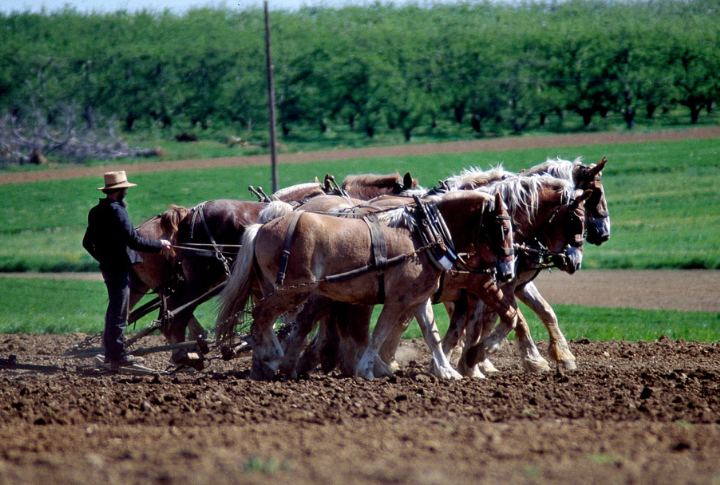
Amish farmers head to their fields every morning, guiding horse-drawn plows across the soil. Dairy farming is just as important, with fresh milk sent to local creameries. Their work takes more effort without modern machinery, but it keeps their families and communities self-sufficient.
Furniture Making
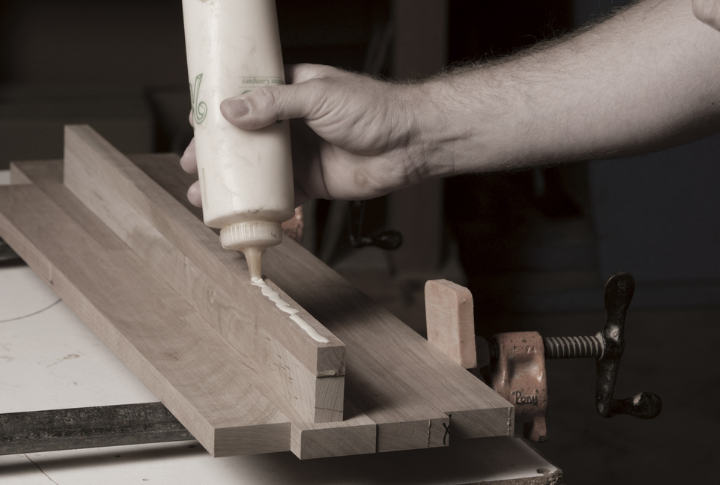
In quiet workshops, Amish carpenters shape wood into tables, chairs, and cabinets, relying on traditional hand tools instead of electric saws. Their furniture stands out for its durability, crafted using time-honored joinery techniques like dovetail and mortise-and-tenon joints—no nails or screws needed.
Quilting And Sewing

Amish women sew by hand, and stitch quilts with detailed patterns passed down through generations, often inspired by religion or geometric designs. Some take months to complete, and intricate hand-quilting techniques ensure durability. These quilts are often sold at markets or auctions, where collectors pay thousands for unique and rare designs.
Construction

Amish builders are known for their remarkable speed and craftsmanship. Their barn raisings showcase incredible efficiency, with entire communities coming together to construct massive wooden structures in just a day or two. Several Amish construction teams also take on large-scale projects for non-Amish clients, delivering high-quality workmanship.
Blacksmithing And Metalwork

Inside Amish blacksmith shops, fire glows as metal is shaped into tools and farm equipment. Without electric welders, their blacksmiths rely on hammers and forges to craft durable, hand-forged items. Though fewer Amish work in blacksmithing today, the trade remains essential for maintaining buggies.
Baking And Canning

Early in the morning, their kitchens fill with the smell of fresh bread as women prepare baked goods using recipes passed down for generations. Baking provides food for families, but many also sell homemade treats at roadside stands or farmers’ markets. Shoofly pie and soft pretzels are among the most popular Amish specialties.
Horse Breeding And Buggy
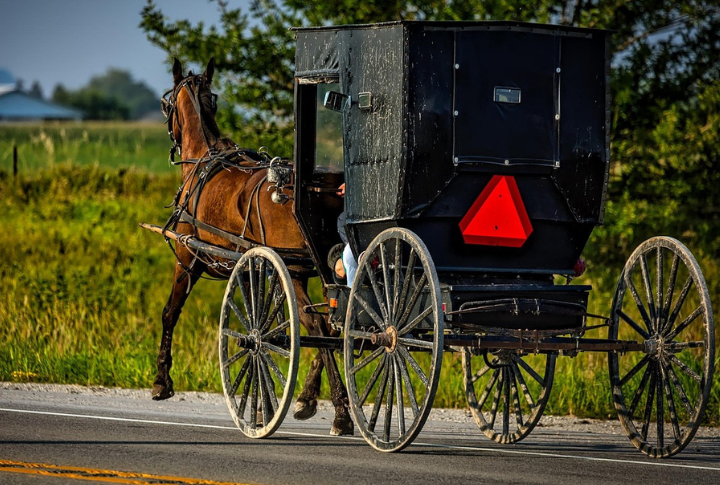
Since cars are not used, horses and buggies remain the primary way to get around. Some Amish families breed strong horses for pulling carriages, while others build the buggies themselves. Each community has its buggy style, with variations in color and lighting requirements. These well-made buggies can last for decades.
Millwork And Sawmills Supply Lumber For Construction
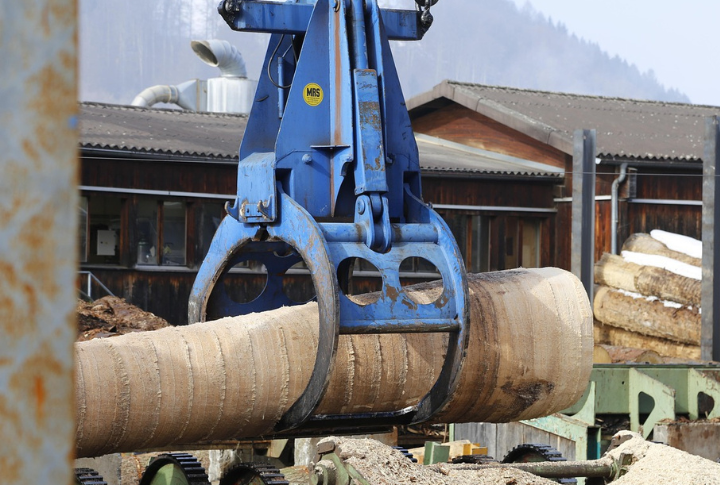
Timber is essential for Amish builders, and sawmills play a significant role in supplying it by providing high-quality wood for everything from barns to handcrafted furniture. Most Amish sawmills run on hydraulic or diesel-powered engines instead of electricity, allowing them to process large quantities of lumber efficiently while staying off the grid.
Market Gardening
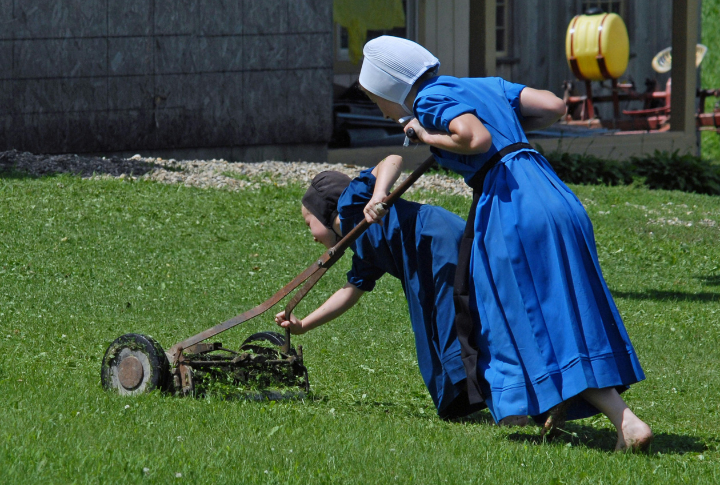
Small family gardens are common in Amish households, but many grow extra vegetables, herbs, and flowers to sell. Farmers’ markets and local shops offer a way to earn money. This allows them to avoid large grocery chains and maintain their self-sufficient way of life. Their homegrown food is valued for its freshness and quality.
Leatherworking

Leatherworkers use traditional techniques, often relying on durable vegetable-tanned leather to make items such as horse harnesses and shoes. Since Amish transportation depends on horses, quality harnesses are always in demand. Some leather shops also sell handmade stuff to visitors who appreciate Amish craftsmanship.

